Ibaraki Prefecture
Where is Ibaraki?
Ibaraki Prefecture is part of the Kanto region on Honshu, the main island of Japan.
It borders Fukushima Prefecture to the north, Tochigi Prefecture to the east and Saitama and Chiba Prefectures to the south.
The east coast of the prefecture faces the Pacific Ocean.
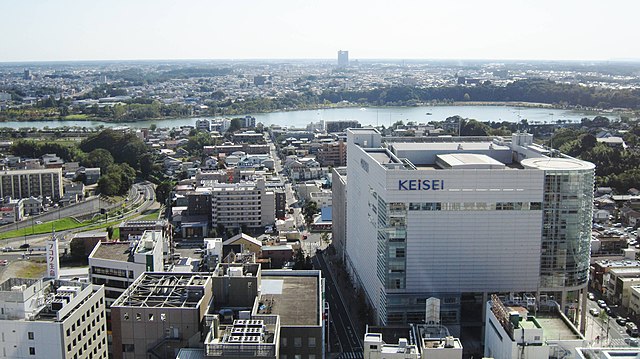

The city of Mito is the prefectural capital and Ibaraki forms part of the Kanto region of Japan and is part of the Greater Tokyo metropolitan area.
What is Ibaraki known for?
Ibaraki Prefecture is home to Lake Kasumigaura, the second largest lake in Japan. Originally a lagoon, the lake was disconnected from the Pacific Ocean in 1963 and is now a popular location for sport fishing and sailing.
The prefecture is also home to Mount Tsukuba. This mountain is known for its double peaks called Nyotai-san and Nantai-san which are said to be where Izanagi-no-Mikoto and Izanami-no-Mikoto, the Gods who created Japan, are enshrined.
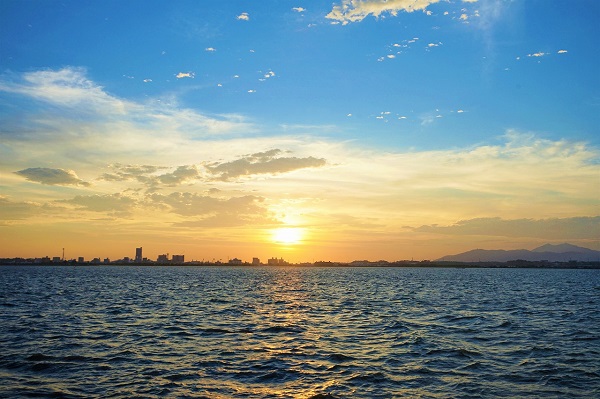

Ibaraki is often listed in Japanese polls as one of the least popular tourist destinations in the country, however, the prefecture does draw a large number of domestic tourists from the Kanto region attracted to the area as a sporting destination.
The coast of Ibaraki offers year-round surfing and clean beaches while further inland the prefecture contains a large number of golf courses.


Ibaraki is also an important location with regards to Aikido, with the Iwama-style of the martial art originating there.

Where should I visit in Ibaraki?
The city of Mito is home to Kairakuen Garden, one of Japan’s “Top 3” traditional gardens. It is known for its 3,000 plum trees and a plethora of paths through areas of cedar trees and bamboo.
The garden also offers a great view of the nearby Semba Lake and Park which is especially popular in mid-spring during the cherry blossom season.


Ushiku Daibutsu, in the small city of Ushiki, is a 120m tall statue of the Buddha. This is the largest Buddha statue in Japan and was the tallest statue in the world between 1993 (when it was built) and 2008.
Aqua World Oarai is regarded as one of the best aquariums in Japan. Located on the Pacific coast, the aquarium is known for dolphin shows and is famous for its collection of sunfish.
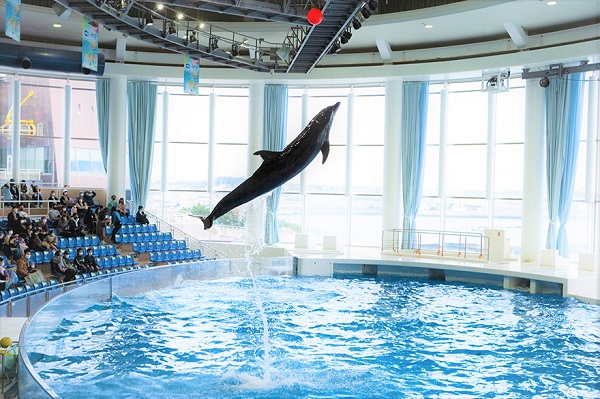
Hitachi Seaside Park is a nature park known for its world famous flower installations with flower displays that change through out the year depending on the season. The park also attracts sports tourists as around one third of the park is dedicated to sports including BMX, disc golf and mini-golf.


Visitors interested in science and space are well catered for in Tsukuba.
Tsukuba Space Center is a JAXA (the Japanese space agency) research center with a number of free exhibits and guided tours through out the day.
The exhibits focus on Japan’s rockets, satellites, and involvement with the International Space Station.
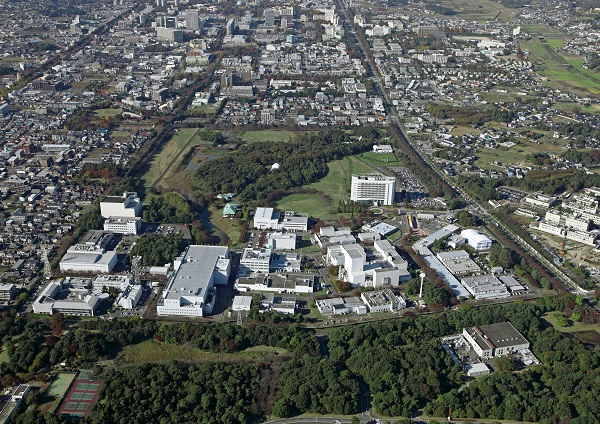
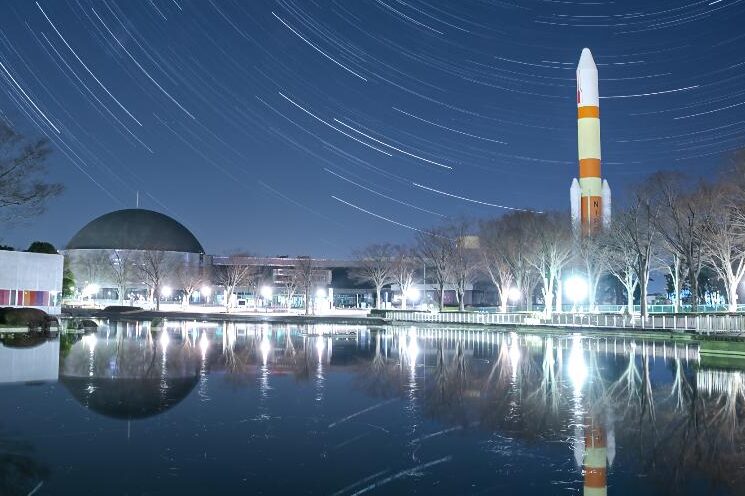
The Tsukuba Expo Center is home to a planetarium as well as displays covering robots and undersea vehicles.
The expo center is most well known for the large model of a H2 rocket stood outside as well as a famous organ-playing robot.
When is the best time to visit Ibaraki?
Ibaraki Prefecture sees changing weather conditions throughout the year as the climate in coastal Japan creates four distinct seasons.
Spring (April to May) sees a progressive increase in the temperature as well as moderate rainfall. The cherry blossom season starts in early-mid Spring.
Summer (June to August) brings higher temperatures but frequent rain during the rainy season in which usually starts in June/July.
The typhoon season usually runs from mid-summer to early autumn and as a coastal prefecture, Ibaraki may be affected in the event of a typhoon.

Autumn (September to November) is generally dry with occasional rain showers and mild temperatures similar to spring.
Winter (December to February) is typically dry and cold with snowfall occurring in mountainous areas of the prefecture.
All Events in Ibaraki
Tours and Activities in Ibaraki
None found.
Where should I stay in Ibaraki?
As the largest city in the prefecture, Mito offers the largest number of hotel options for visitors but Tsukuba and Hitachi also offer a good selection of hotels.
Choosing where to stay in Ibaraki will be largely influenced by where your itinerary will take you and which city or town is the most convenient location to stay overnight.
Budget travelers visiting Japan are recommended to choose a hotel classed as either “budget” or “business“. These are typically smaller but more affordable rooms with single, double or twin beds.
Budget and business hotels from national chains such as APA Hotel, Toyoko Inn and Hotel Route Inn can be found in convenient locations near most major stations and tourist attractions.


Luxury accommodation can often be found across the prefecture with ryokans such as Tsukubasan Onsen Edoya in Tsukuba and spa resorts such as Kamenoi Hotel Oarai in Oarai on the Pacific coast.


It is important to consider how the location of your accommodation will impact on your planned itinerary, especially in a prefecture such as Ibaraki where locations may be spread out across a large area.
Although the prefecture is considered to be part of Greater Tokyo, public transport in Ibaraki is not as comprehensive as urban Tokyo and does not run as frequently as in major cities like Osaka or Tokyo.
How do I get to Ibaraki Prefecture?
Air, train or bus are all convenient ways to access Ibaraki Prefecture depending on where you are departing from.
Ibaraki Airport is located in the city of Omitama and is a 40 minutes bus ride away from Mito. The airport only offers flights to a small number of locations in Japan including Sapporo, Kobe, Fukuoka and Okinawa (Naha and Miyako). International locations served by the airport include Shanghai, Taipei and Xian.

Ibaraki is not served by any Shinkansen train lines. The JR Joban Line passes through Mito as it connects Tokyo and the prefectures of Chiba, Ibaraki, Fukushima and Miyagi in eastern Kanto and eastern Tohoku.
Ibaraki is also connected to Tokyo by the HITACHI and TOKIWA express train that travels between Ueno and Mito and the Tsukuba Express Line which connects Tsukuba and Akihabara.

Buses also connect Tokyo and Ibaraki Prefecture with up to four JR Kanto Highway Bus services per hour departing Tokyo and Shinjuku stations. Several other local and express bus services operate between Tokyo and Ibaraki including airport limousine buses linking Mito to Narita and Haneda airports.
No tags for this post.

